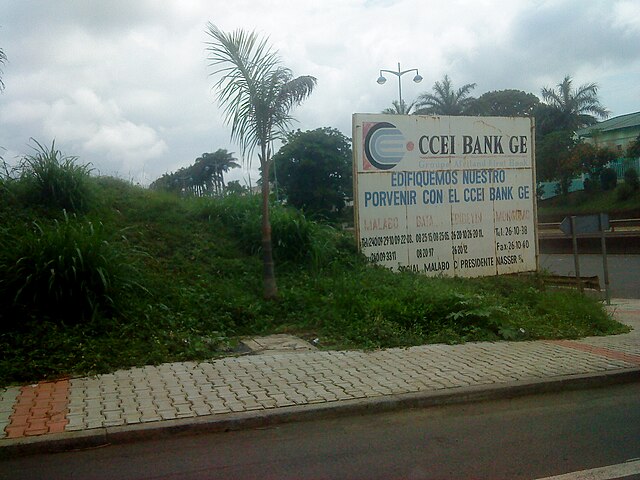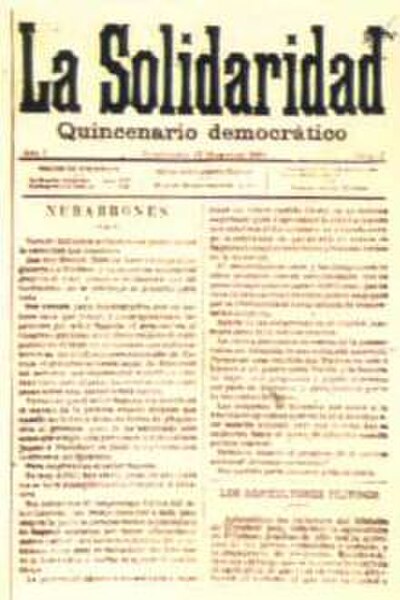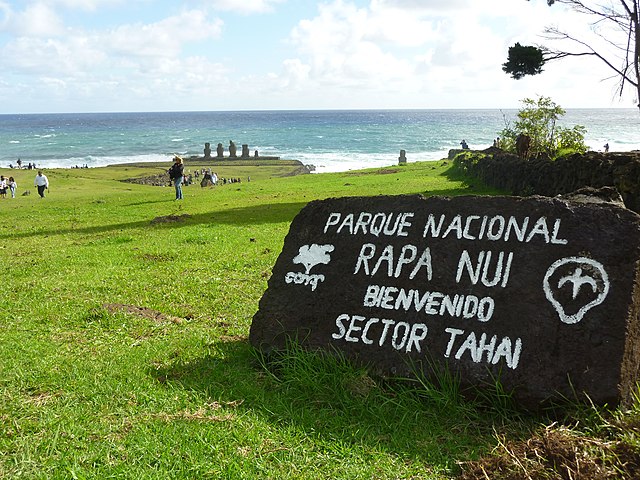The term Hispanic refers to people, cultures, or countries related to Spain, the Spanish language, or Hispanidad broadly. In some contexts, especially within the United States, "Hispanic" is used as an ethnic or meta-ethnic term.
Bust of a young Hispano-Roman man, 2nd century.
1770 painting of a mixed-race family from Spanish America. As a result of the significant mixing of populations during this time, the term "Hispanic" is often considered independent of racial background.
Hispanic boy from New Mexico, 1940 photograph.
The image of Our Lady of the Pillar wearing her canonical crown
Spanish or Castilian (castellano) is a Romance language of the Indo-European language family that evolved from the Vulgar Latin spoken on the Iberian Peninsula of Europe. Today, it is a global language with about 500 million native speakers, mainly in the Americas and Spain, and about 600 million when including second language speakers. Spanish is the official language of 20 countries, as well as one of the six official languages of the United Nations. Spanish is the world's second-most spoken native language after Mandarin Chinese; the world's fourth-most spoken language overall after English, Mandarin Chinese, and Hindustani (Hindi-Urdu); and the world's most widely spoken Romance language. The country with the largest population of native speakers is Mexico.
Antonio de Nebrija, author of Gramática de la lengua castellana, the first grammar of a modern European language
Spanish language signage in Malabo, capital city of Equatorial Guinea
Spanish language newspaper in the Philippines from 1892
Announcement in Spanish on Easter Island, welcoming visitors to Rapa Nui National Park








